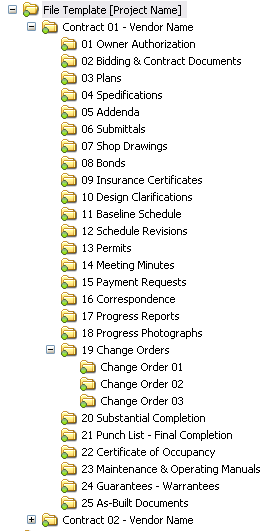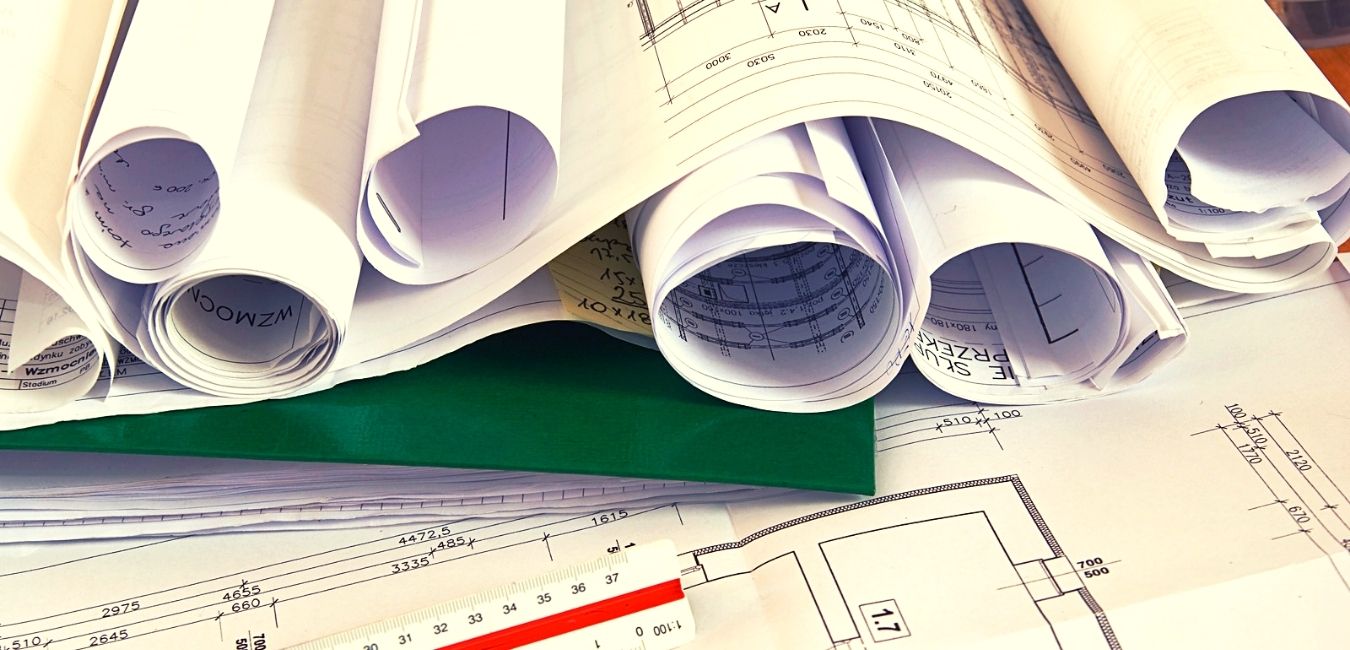Optimizing Job Cooperation: Architect's Finest Practices in Construction Record Administration
In the complex world of building projects, the reliable management of building and construction documents stands as a keystone for success. Designers, with their thorough interest to information and ingenious design options, are tasked with managing a symphony of stakeholders, resources, and timelines. However, among this complexity exists a crucial inquiry: exactly how can engineers enhance collaboration procedures to enhance job end results? By discovering vital strategies such as leveraging cloud-based systems, establishing durable interaction protocols, and making certain data protection, architects can boost their paper management methods to brand-new heights.
Leveraging Cloud-Based Systems
Leveraging cloud-based systems is a basic approach for modern-day engineers in maximizing building and construction document management processes. By transitioning from conventional paper-based systems to cloud options, engineers can simplify cooperation, enhance paper availability, and improve general project efficiency. Cloud-based systems supply engineers the capacity to shop, share, and update construction documents in real-time, making certain that all staff member have access to one of the most present info regardless of their location. This accessibility advertises smooth communication and control amongst project stakeholders, leading to less errors and hold-ups in the building and construction process.
Moreover, cloud-based systems offer a secure setting for storing delicate project details, using encryption, routine backups, and individual permission setups to safeguard information stability. Architects can additionally gain from the scalability of cloud remedies, enabling them to adjust storage space capacity and capability based upon job requirements. On the whole, leveraging cloud-based platforms empowers designers to maximize their building document monitoring processes, driving better partnership, effectiveness, and success in their projects.
Applying Variation Control Solution
Having actually developed the benefits of cloud-based platforms in building file management, architects can currently improve their file control processes by executing Variation Control Systems. Version Control Solution (VCS) are important devices that track changes in papers, ensuring that employee are constantly dealing with the latest and most precise information. By carrying out VCS, engineers can maintain a centralized database where all job files are kept, making it possible for smooth cooperation while lessening the risk of mistakes and version disputes.
This attribute is especially valuable in building and construction projects where layout versions and modifications are usual. This openness not just boosts responsibility but also assists in solving disputes or disparities that may emerge throughout the project lifecycle.
Developing Interaction Protocols
To ensure reliable and effective job sychronisation, architects must develop clear and durable communication protocols within their building and construction record administration procedures. Interaction procedures define the approaches, regularity, and channels whereby employee exchange information, updates, and comments. One essential aspect of developing these protocols is establishing a centralized communication platform where all project-related discussions and record sharing can take place. This platform can be a job monitoring software, e-mail strings, or cloud-based storage remedies. By setting standards on exactly how info is shared and how staff member communicate with each other, designers can simplify the flow of data and avoid miscommunications or hold-ups in the construction process.
Moreover, communication protocols should additionally include guidelines on how to deal with conflicts, change orders, and immediate problems that may occur throughout the job lifecycle. Establishing a structured approach to communication makes certain that all stakeholders get on the very same web page, advertises transparency, and eventually contributes to the effective conclusion of the building and construction job.
Making Use Of BIM Software Program for Control
BIM software program plays a pivotal role in improving coordination among job employee in the building and construction market. Structure Info Modeling (BIM) helps with cooperation by supplying a centralized system where architects, designers, specialists, and other stakeholders can function together in a collaborated manner. With BIM software, task participants can access and upgrade a shared version which contains thorough information concerning the building layout, building components, and job schedules.

Additionally, BIM software application makes it possible for real-time cooperation and interaction among team participants, regardless of their physical location. Via cloud-based BIM platforms, task stakeholders can access the current job details, track modifications, and make notified decisions immediately. In general, leveraging BIM software program for sychronisation boosts job efficiency, efficiency, and ultimately brings about successful job end results.
Ensuring Data Safety and Compliance
In the realm of construction document management, protecting data integrity and ensuring regulatory compliance are paramount factors to consider for architects and various other task stakeholders. Engineers have to implement durable security measures to protect delicate task details from unapproved gain access to or breaches.

Conclusion
Finally, designers can optimize job partnership in construction record management by leveraging cloud-based systems, carrying out version control systems, developing communication methods, using BIM software program for control, and guaranteeing information safety and security and conformity. These finest techniques aid improve the building and construction process, boost communication amongst task stakeholders, and enhance performance in project distribution. By following these standards, architects can successfully manage construction files and facilitate successful project results.
With BIM software program, task participants can access and update a shared model other that includes in-depth details regarding the structure design, construction components, and job routines.
With cloud-based BIM systems, task stakeholders can access the most recent job information, track adjustments, and make notified decisions quickly - construction document management. On the whole, leveraging BIM software program for coordination enhances task performance, performance, and inevitably leads to effective job results
In conclusion, architects can optimize task cooperation in building document management by leveraging cloud-based systems, applying variation control systems, establishing interaction procedures, using BIM software for coordination, and making certain information safety and security and compliance. These ideal methods help streamline the building and construction procedure, enhance communication amongst job stakeholders, and improve efficiency in task shipment.